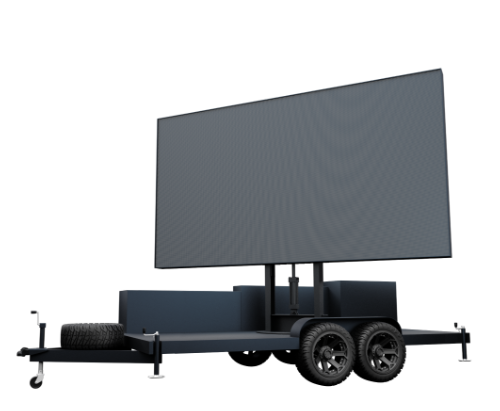Exploring How Resolution Affects the Performance and Aesthetic Caliber of LED Screens in Contemporary Display Techniques
Exploring How Resolution Affects the Performance and Aesthetic Caliber of LED Screens in Contemporary Display Techniques
Blog Article
LED screens are growing increasingly popular in different settings, including musical events and athletic competitions to corporate displays and creative exhibits. One of the key important factors that influence the functionality and image quality of these displays is resolution. Resolution refers to the number of picture elements that compose the image on the screen. Higher image clarity indicates additional pixels, which can lead to clearer and crisper visuals. Grasping how image clarity affects LED walls can assist operators make informed decisions about their screen requirements.
When discussing image clarity, it is crucial to take into account picture spacing, which is the gap between the midpoint of one pixel to the center of the next pixel. A smaller picture spacing results in a higher resolution, allowing for more detail in the visuals displayed. For instance, an LED screen with a picture pitch of 1.5mm will provide a clearer image than one with a pixel pitch of 3mm. This is particularly important in settings where audiences are near to the display, such as in a compact location or a exhibition event booth. In these cases, a greater image clarity can significantly enhance the observing experience.
Another aspect of resolution is its impact on color accuracy and brightness. LED walls with higher resolutions often have better color rendering, indicating that the hues shown are increasingly lively and realistic. This is essential for uses like marketing, where the goal is to attract attention and convey a message effectively. Additionally, higher resolution screens can preserve luminosity levels even when seen from different perspectives. This is crucial in large locations where viewers may be positioned at different distances and angles from the screen.
The functionality of LED walls is also influenced by resolution in terms of refresh frequencies and reaction times. A higher image clarity screen can support quicker update rates, which is crucial for fast-moving content such as videos like this and animations. This indicates that the visuals on the display will look more fluid and increasingly seamless, improving the total observing experience. In contrast, reduced image clarity screens may have difficulty with dynamic content, resulting in blurriness or lag. Therefore, for events that rely on high-energy visuals, selecting a display with a suitable resolution is critical.
In conclusion, resolution plays a crucial role in determining the performance and visual quality of LED walls. Factors such as picture spacing, color accuracy, brightness, refresh rates, and response durations all affect how efficiently a screen can convey information and engage viewers. As technology continues to progress, grasping these factors will assist operators choose the appropriate LED wall for their particular requirements, guaranteeing that they obtain the optimal potential results in their presentations and occasions.